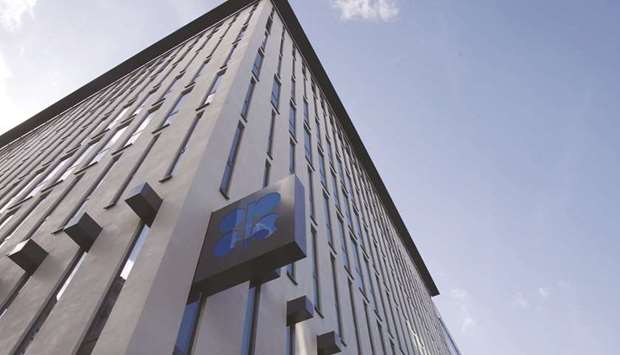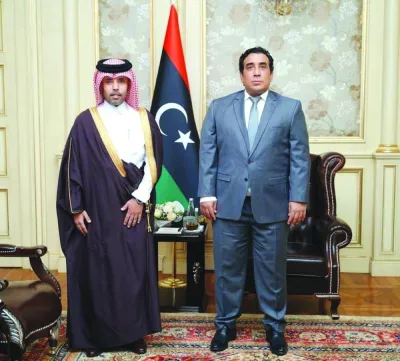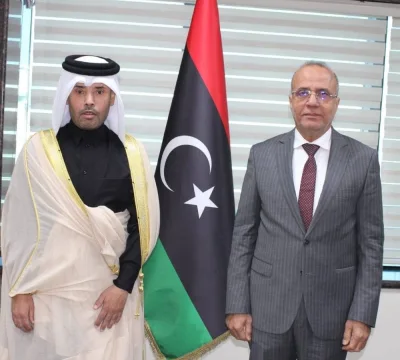A dip in supply from Saudi Arabia and lower Angolan exports helped to boost Opec’s adherence to its supply curbs to 84%.
While this is up from a revised 77% in June, compliance in both months has fallen from levels above 90% earlier in the year.
The extra oil from Libya means supply by the 13 Opec members originally part of the deal has risen far above their implied production target.
Libya and Nigeria were exempt from the cuts because conflict had curbed their production.
A gain in Libyan and Nigerian output has added to the challenge the Opec-led effort is facing to get rid of excess supply on world markets.
To address this, ministers at a July 24 meeting moved to cap Nigerian output and officials are holding talks next week on improving compliance.
“There is a need to align all countries to achieve full compliance,” a source close to Opec said of the compliance talks, which will be held on August 7-8 in Abu Dhabi.
As part of a deal with Russia and other non-members, the Organisation of the Petroleum Exporting Countries is reducing output by about 1.2mn bpd from January 1, 2017 until March next year.
High compliance with the deal, and much-reduced output in the exempt countries, pushed supply lower earlier in the year.
But extra Libya and Nigerian production has prompted output to rise since May, and adherence has slipped in some other countries.
July’s biggest rise came from Libya, where output, curbed by years of conflict and unrest, rose to an average of more than 1mn bpd.
Production remains short of the 1.6mn bpd Libya pumped before its 2011 civil war.
Iraqi supply was revised up for June and in July output has edged higher, the survey found.
Supply also increased slightly in the UAE, Gabon and Ecuador — which said it planned to pump more, citing its lack of funds.
Among countries with lower output, the biggest decline was in Angola, which exported 50 cargoes, two less than in June.
August volumes are expected to increase.
Nigeria pumped slightly less in July after an increase in June, partly due to a force majeure on Bonny crude exports.
Growth could resume next month if exports reach the planned rate of at least 2mn bpd.
Top exporter Saudi Arabia pumped 50,000 bpd less, the survey found, although output in June was revised higher to just above its Opec target.
The reduction achieved by Opec’s biggest producer in July is back above the target cut of 486,000 bpd.
Opec announced a production target of 32.50mn bpd last year, which was based on low figures for Libya and Nigeria.
The target includes Indonesia, which has since left Opec, and does not include Equatorial Guinea, the latest country to join Opec.



